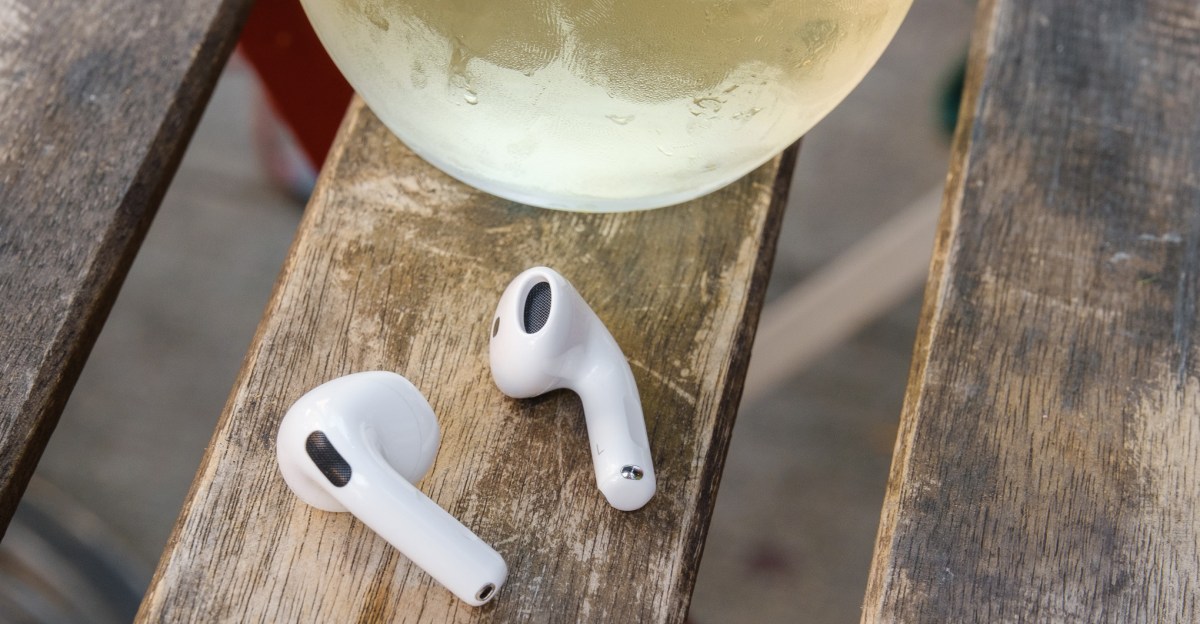The answer: Apparently quite good. While SpaceX has brought Starships back to Earth in one piece several times, this was the first time the ship made it through reentry relatively unscathed. Live video streaming from cameras onboard Starship showed a blanket of orange and purple plasma enveloping the rocket during reentry. This is now a familiar sight, thanks to connectivity with Starship through SpaceX’s Starlink broadband network.
What was different Monday was the lack of any obvious damage to the heat shield or flaps throughout Starship’s descent, a promising sign for SpaceX’s chances of reusing the vehicle and its heat shield over and over again, without requiring any refurbishment. This, according to SpaceX’s Elon Musk, is the acid test for determining Starship’s overall success.
An onboard camera captured this view of Starship during the final minute of flight over the Indian Ocean. At this point of the flight, the vehicle—designated Ship 38 as seen here—is descending in a horizontal orientation before flipping vertical for the final moments before splashdown.
Credit:
SpaceX
In the closing moments of Monday’s flight, Starship flexed its flaps to perform a “dynamic banking maneuver” over the Indian Ocean, then flipped upright and fired its engines to slow for splashdown, simulating maneuvers the rocket will execute on future missions returning to the launch site. That will be one of the chief goals for the next phase of Starship’s test campaign beginning next year.
Patience for V3
It will likely be at least a few months before SpaceX is ready to launch the next Starship flight. Technicians at Starbase are assembling the next Super Heavy booster and the first Starship V3 vehicle. Once integrated, the booster and ship are expected to undergo cryogenic testing and static fire testing before SpaceX moves forward with launch.
“Focus now turns to the next generation of Starship and Super Heavy, with multiple vehicles currently in active build and preparing for tests,” SpaceX wrote on its website. “This next iteration will be used for the first Starship orbital flights, operational payload missions, propellant transfer, and more as we iterate to a fully and rapidly reusable vehicle with service to Earth orbit, the Moon, Mars, and beyond.”


